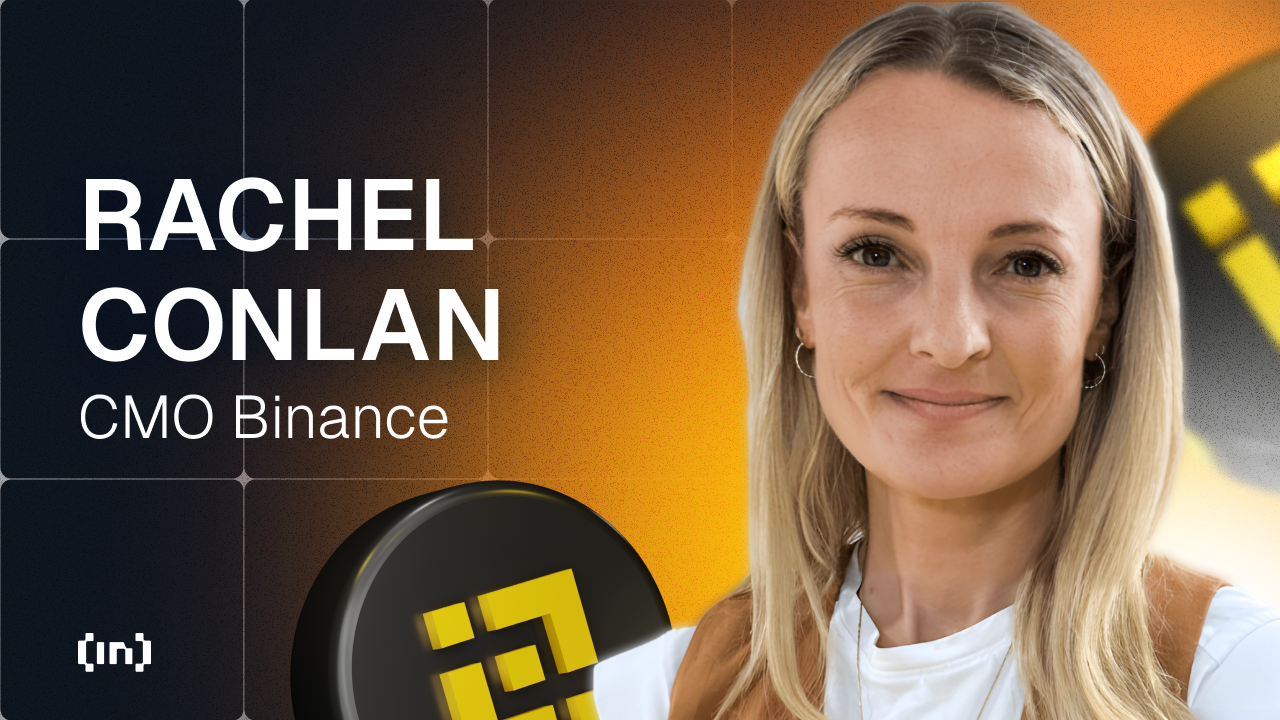Web3’s underlying technologies are revolutionizing the future of sustainable energy markets through blockchain-powered peer-to-peer energy trading platforms and carbon-offsetting markets.
In pursuing sustainability, web3 technologies have paved the way for inventive solutions to bolster climate-focused ventures, renewable energy programs, and initiatives to capture and store carbon.
The recent decline of over 70% in the value of web3-related assets is indeed disconcerting. However, the focus should not be on their volatility. The fundamental technological advancements that have enabled web3 should be the highlight. These innovations are set to impact many sectors of the global economy and serve as a locomotive for reaching sustainability goals.
BE[IN]CRYPTO Global Crypto and Web3 Sustainability Report
Sustainable Growth & Reducing Climate Impact
<Download full report>
“Blockchain innovation and tokenized carbon credit have the potential to transform the way carbon is traded”
The blockchain industry is taking urgent steps toward addressing climate change by promoting sustainability and reducing carbon emissions in multiple sectors. Blockchain can revolutionize the management of carbon credits, offsetting and measuring carbon footprints.
Efficient Carbon Trading Enabled by Blockchain’s Streamlined Renewable Energy Integration
Carbon trading is commonly used to meet international emissions reduction targets, including those outlined in the Kyoto Protocol and the Paris Agreement. Carbon credits also serve as certificates representing the right to emit one tonne of carbon dioxide or its equivalent. Under a carbon trading scheme, companies that emit less than their allocated carbon credits can sell their surplus credits to companies that exceed their emissions limit. This situation then creates a financial incentive for reducing emissions by putting a price on carbon.
By offering a transparent, secure, and decentralized platform, blockchain facilitates the seamless integration and management of renewable energy sources. Allowing companies to account for carbon emissions precisely.
As renewable energy sources become increasingly integrated into existing power grids, blockchain technology is critical in streamlining the process of bookkeeping emissions and green energy used by the single grid.
A significant instance of this integration is the partnership between Energy Web Foundation (EWF) and Vodafone. In 2020, they launched a blockchain-focused energy management system to improve the integration of renewable and distributed energy assets within power grids. Utilizing secure IoT connectivity backed by blockchain technology, this system optimizes the energy market while fostering a more sustainable future.
Web3 Revolutionizes Carbon-Offsetting Market with Enhanced Transparency and Risk Reduction
Blockchain-based decentralized carbon registries offer a transparent and impenetrable record of carbon credits, enhancing the efficiency and openness of the carbon market. For example, Powerledger has created the world’s first blockchain-based renewable energy trading platform. Allowing consumers and producers to monitor, trace, and trade every kilowatt generated off-grid. Simultaneously, it provides a trustworthy and secure platform for conducting carbon trading transactions.
As we move into the next decade, web3 will play a crucial part in establishing trust in the carbon market and crafting a more dependable system for monitoring the ownership and exchange of carbon credits. Blockchain technology sets the stage for a more transparent, trustworthy, and eco-friendly carbon market.
Peer-to-Peer Energy Trading on the Blockchain
Blockchain technology is taking peer-to-peer energy trading to the next level. It’s changing how solar energy is traded among neighbors, businesses, and entities. By allowing direct energy trading, these platforms enable individuals and organizations to monetize excess solar power. They can also foster a more sustainable and decentralized energy market.
Despite the existence of environmental credits, the current market structure creates friction. Veridium, an ecological tech startup, offers a solution to the issue through tokenization and smart contracts. The startup recently joined forces with IBM to use its technology to issue and manage carbon credit-backed blockchain tokens.
Blockchain technology also allows households to combine solar energy production and battery storage. They then effectively operate as a cohesive virtual power plant. This approach empowers consumers to participate more actively in the energy market and promotes a greener and decentralized energy landscape.
BE[IN]CRYPTO Global Crypto and Web3 Sustainability Report
Sustainable Growth & Reducing Climate Impact
<Download full report>
The potential of web3 tools and blockchain technologies extends well beyond the realm of cryptocurrency’s volatile and often speculative market. To successfully navigate this shifting tide, it is essential to develop a comprehensive understanding of the transformative potential of the technology and its implications for the broader business landscape.
Digitization Holds Promise for Boosting Growth in the Voluntary Carbon Market
Advocates of the carbon market will likely push for uniform global standards that provide increased assurance to market participants, fostering expansion in the process.
The web3 industry has developed innovative methods for supporting climate-related initiatives, renewable energy projects, and carbon sequestration efforts. One potential solution to address the uncertainty created by changing policies and questions about the validity of certain credits is to digitalize the carbon credit market and remove intermediaries. Improving market transparency can also ensure investments are directed towards genuine sustainability initiatives. This could help boost the slowing growth of voluntary carbon markets.
Disclaimer
In compliance with the Trust Project guidelines, this opinion article presents the author’s perspective and may not necessarily reflect the views of BeInCrypto. BeInCrypto remains committed to transparent reporting and upholding the highest standards of journalism. Readers are advised to verify information independently and consult with a professional before making decisions based on this content.
Source link












